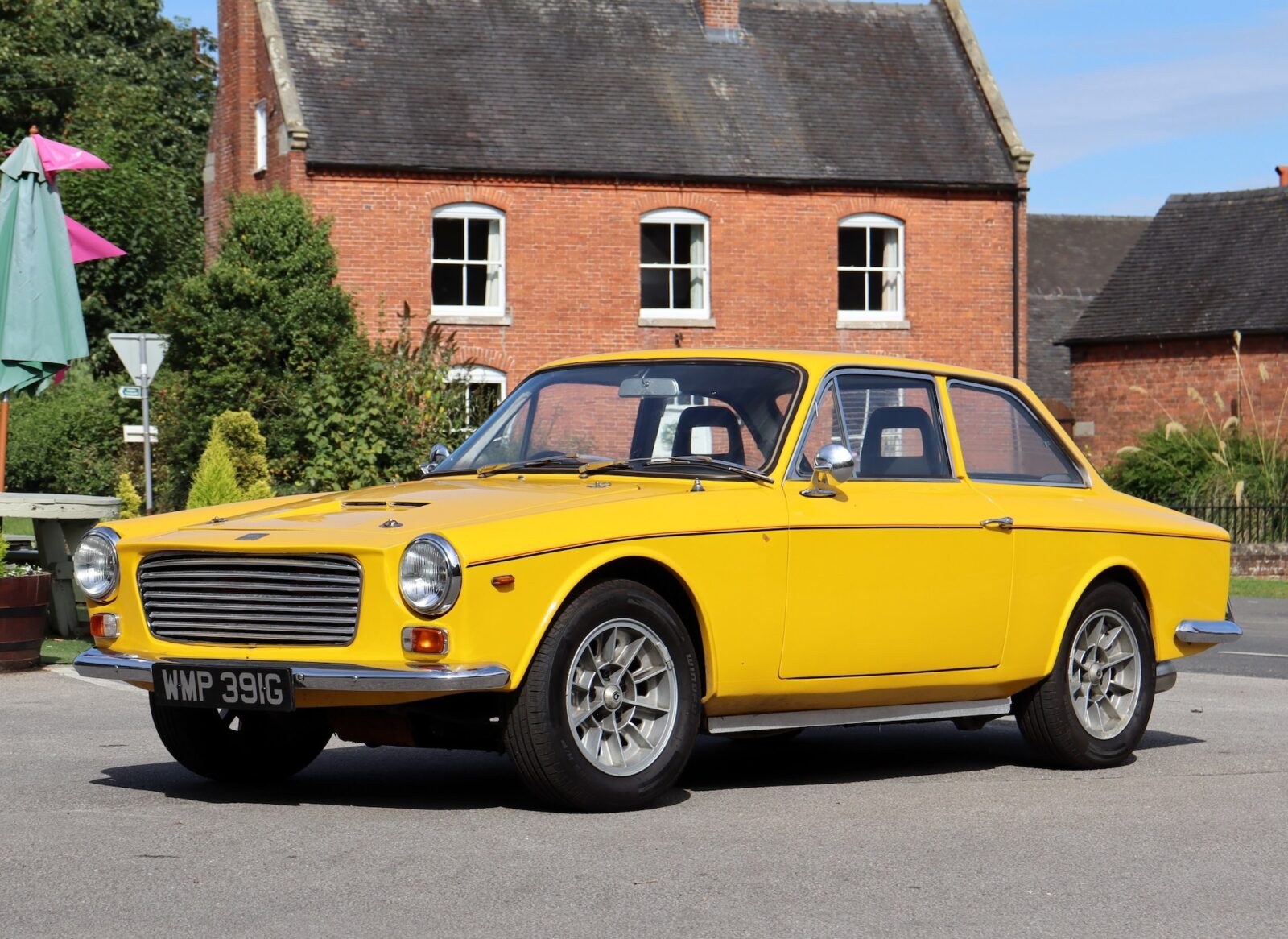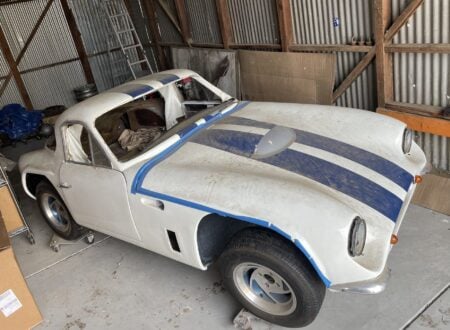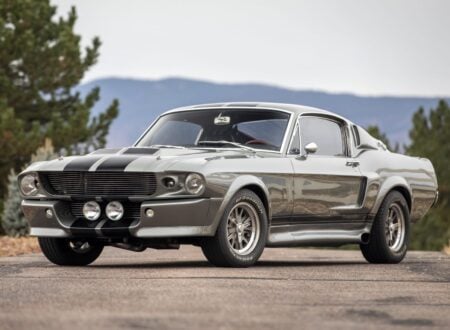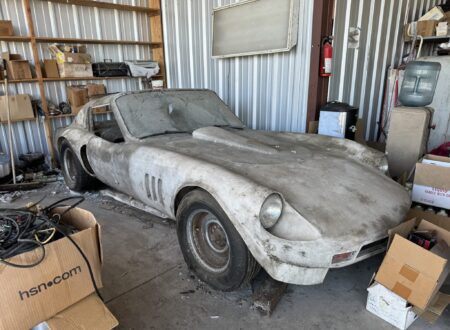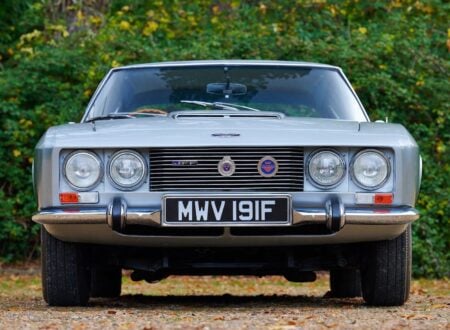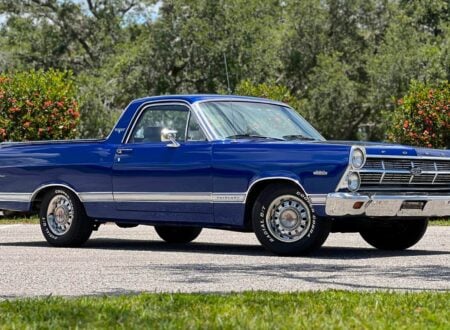This is a Gilbern Genie and if you’ve never seen one before that’s likely because just 197 were made, with far fewer than that number surviving to the current day.
Gilbern would be the only commercially-successful automaker ever established in Wales, and they produced multiple model series with lightweight fiberglass bodies, good handling, and unique looks.
Fast Facts – The Gilbern Genie
- The Gilbern Genie was produced in limited numbers—just 197 units. Introduced in 1966, it featured modern design, a lightweight fiberglass body, and a Ford V6 engine. The Genie is prized among collectors for its unique styling and rarity, with few examples surviving today.
- Gilbern Sports Cars, the only commercially successful Welsh automaker, was co-founded by Giles Smith, a butcher, and Bernard Friese, a German engineer. The company was known for its lightweight fiberglass-bodied cars, producing over 1,000 vehicles across a handful of model ranges.
- The Gilbern Genie was built using components from larger automakers, like Ford engines and gearboxes, MGB steering, and Lucas lights. It featured a specially developed coil spring suspension with a Panhard rod (or alternatively a Watts linkage), instead of traditional leaf springs, to improve handling.
- The 1969 Gilbern Genie 3.0 V6 shown here was restored in the 1990s with a new paint job and an engine rebuild. With performance upgrades like a fast road camshaft and electronic ignition, this well-maintained example will be offered by H&H Classics on October 9th with no reserve.
The Incredible Origins Of Gilbern
Gilbern Sports Cars was famously co-founded by a Welsh butcher named Giles Smith and a German engineer named Bernard Friese. This unusual pairing would establish the only commercially-successful Welsh automaker in history, building and selling over 1,000 cars in total.
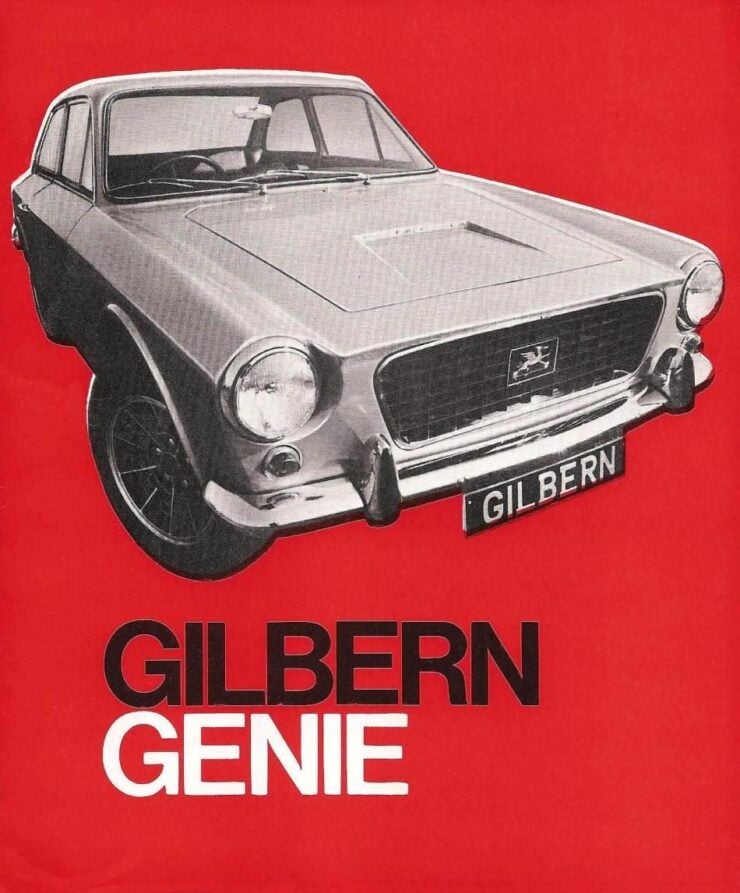

Gilbern was initially set up in a small workshop in Church Village, Pontypridd, Wales. As demand grew it soon moved to a larger facility in Llantwit Fardre, Pontypridd, Glamorgan, also in Wales.
The company name was a portmanteau taken from the two founder’s first names: Giles Smith and Bernard Friese to create “Gilbern.” As an engineer, Friese had prior experience working with fiberglass, and it would be this wonder material that would be used to build bodies for the vast majority of Gilbern cars.
Interestingly, the reason Friese was living in Wales and had become friends with Smith was that he had been captured during WWII and sent to a British prisoner of war camp. After the war he opted to stay in the country, eventually settling in Wales and becoming a beloved local.
The first production car from the fledgling company would be the Gilbern GT which appeared in 1959. It was a simple 2+2 with a box section tubular steel chassis, and a fiberglass body. It was initially powered by the 948cc BMC A-Series inline-four, and later versions would get the more powerful 1.5 or 1.6 liter MGA engine, or the 1.8 liter MGB engine.
The Appearance Of The Gilbern Genie
The Gilbern Genie would make its debut in 1966 with completely new and much more modern styling, as well as more powerful engine options – both the Zephyr 2.5 liter and Zodiac 3.0 liter versions of the Ford V6 were available.
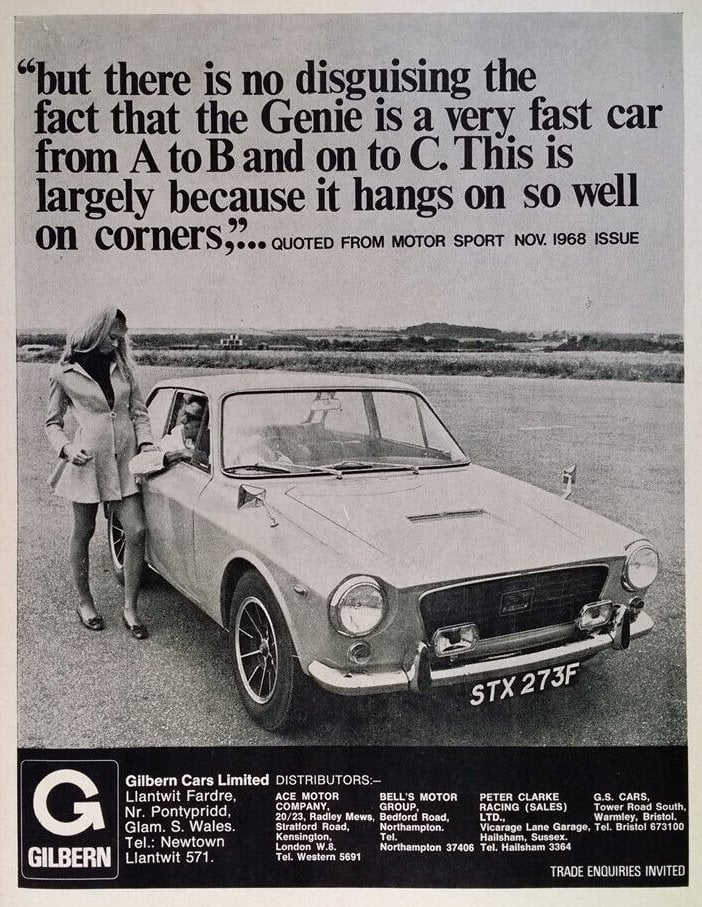

As a low-volume manufacturer, Gilbern sourced many parts from larger companies. As a result the engine came from Ford, as did the gearbox, Lucas rear lights from the Ford Thames van, Rover external door handles, and the steering and rear axle came from the MGB. The Genie could be ordered with either a standard 4-speed gearbox or an optional 4-speed with overdrive.
Weber carburetors came as standard however small number of cars were shipped with the optional Tecalmit Jackson fuel injection system. The later cars would receive the Austin Healey 3000 rear axle, and later still they would get the unit from the MGC.
Gilbern opted to forgo the leaf springs used on the MGB, Austin Healey, and MGC, instead they developed a coil spring system and coupled it to a Panhard rod for improved axle location. Later vehicles would have this changed for a Watts linkage.
197 examples of the Gilbern Genie would be sold in total, both as kits and turnkey cars, before it was released with the very similar looking Gilbern Invader, which was also offered with a shooting brake body style.
The 1969 Gilbern Genie 3.0 V6 Shown Here
The car you see here is the most desirable version of the Gilbern Genie that was offered, the 3.0 V6 fitted with the 4-speed transmission with the optional overdrive unit for comfortable highway driving.
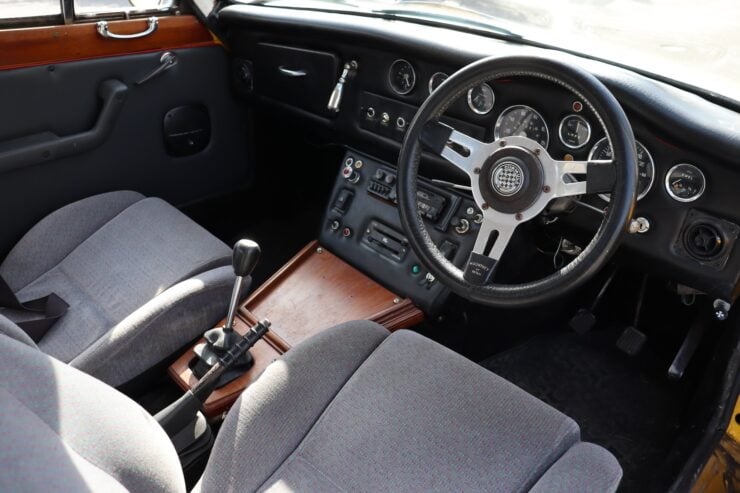

This Genie benefits from a comprehensive restoration that was carried out in the 1990s when it received new Giallo Forte paintwork and a full engine rebuild, and it’s covered just 9,000 miles since. The engine rebuild included the fitment of a fast road camshaft, uprated oil pump, new Weber carburetor, and an electronic ignition.
The car is now due to roll across the block with H&H Classics on the 9th of October with no reserve. If you’d like to read more about it or register to bid you can visit the listing here.
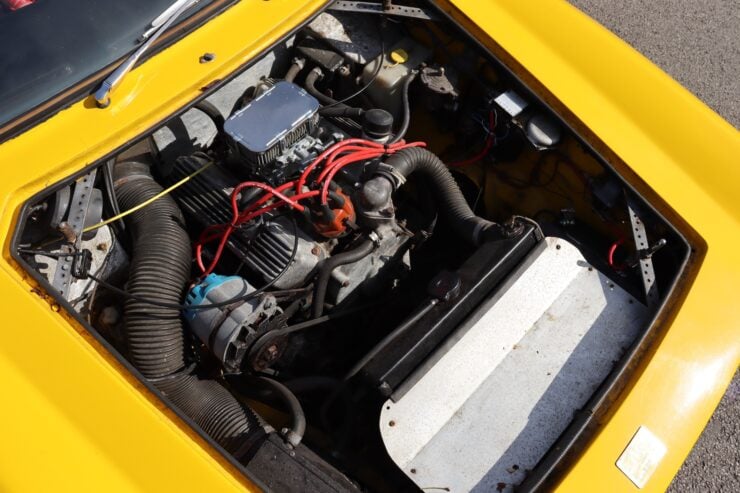
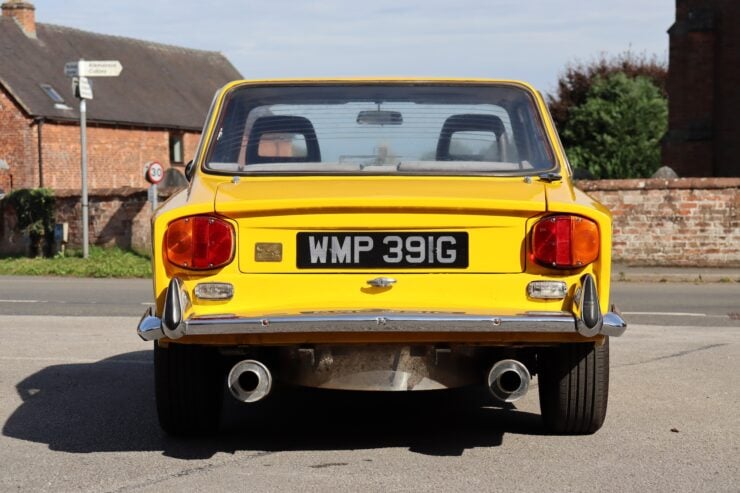
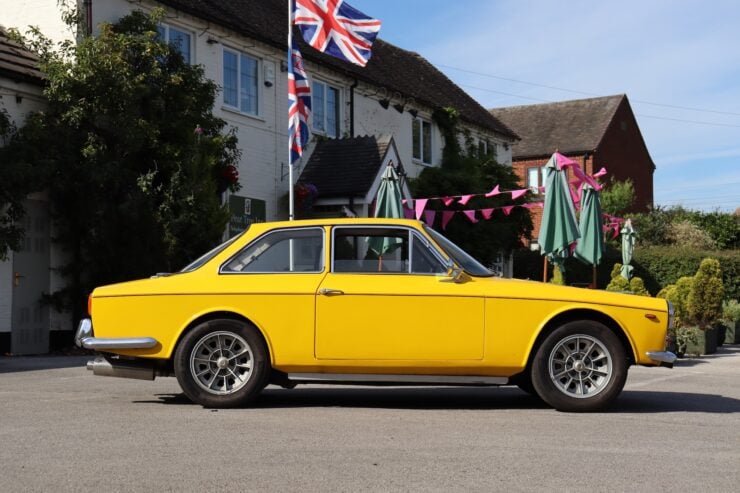
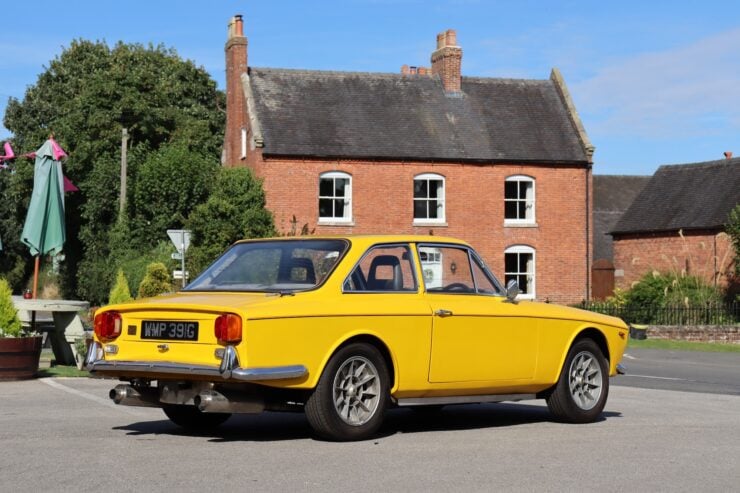
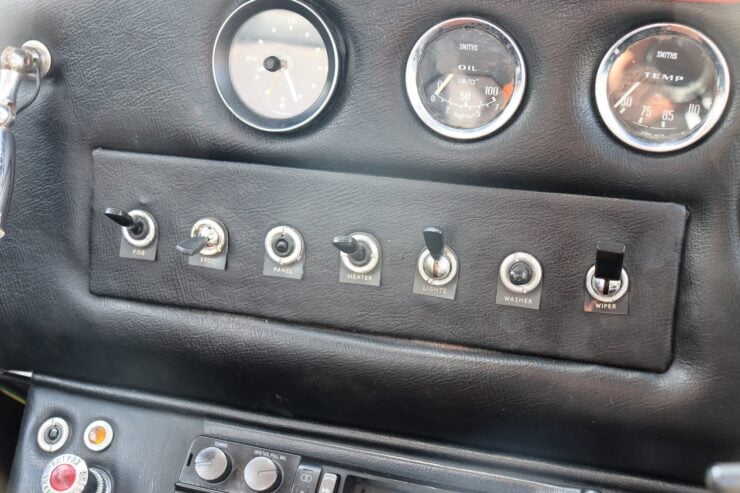
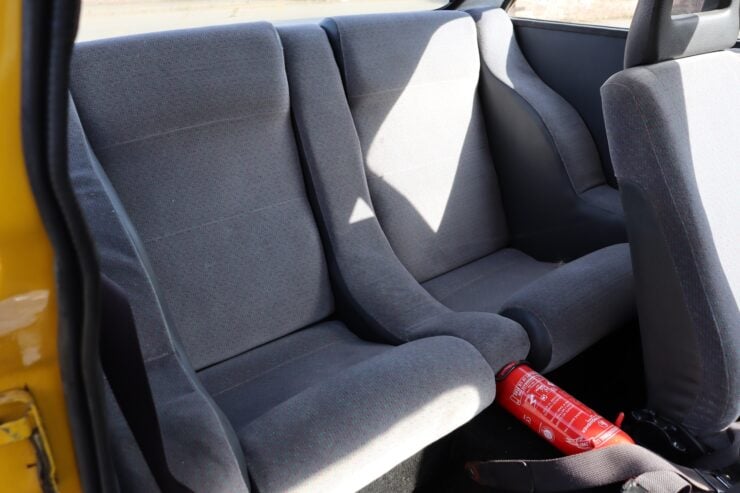
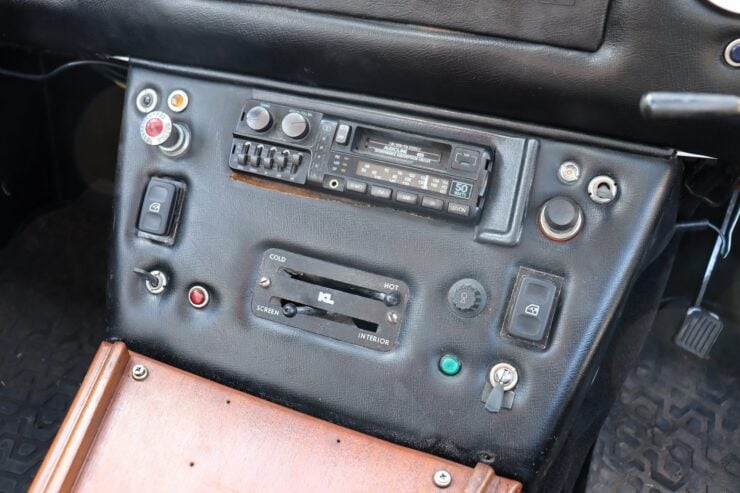
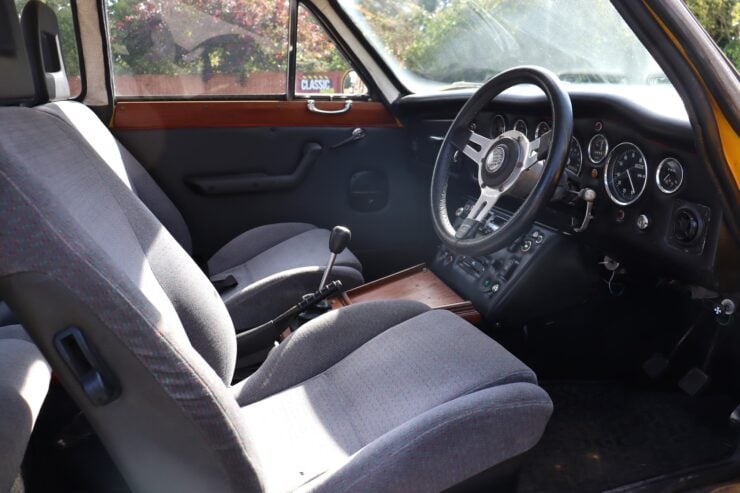
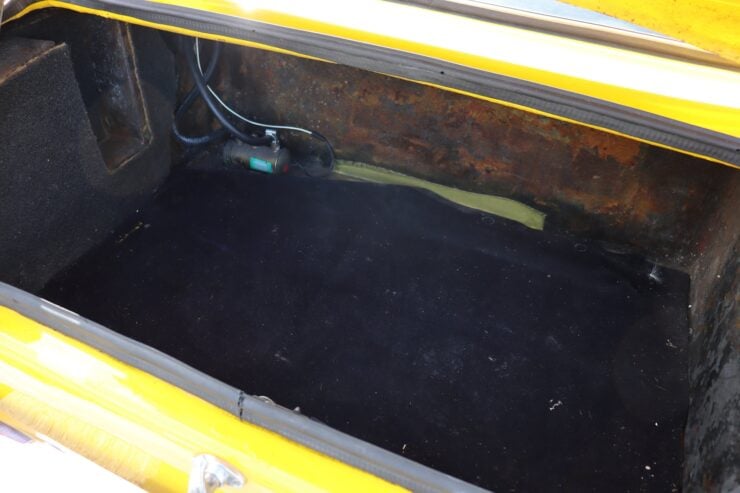
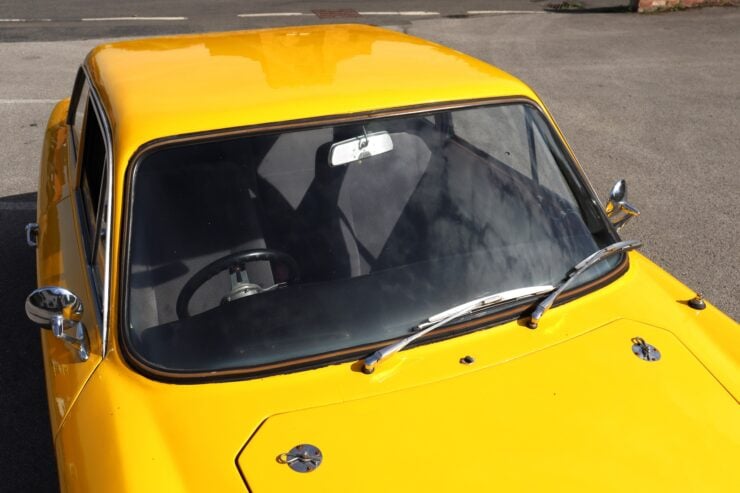
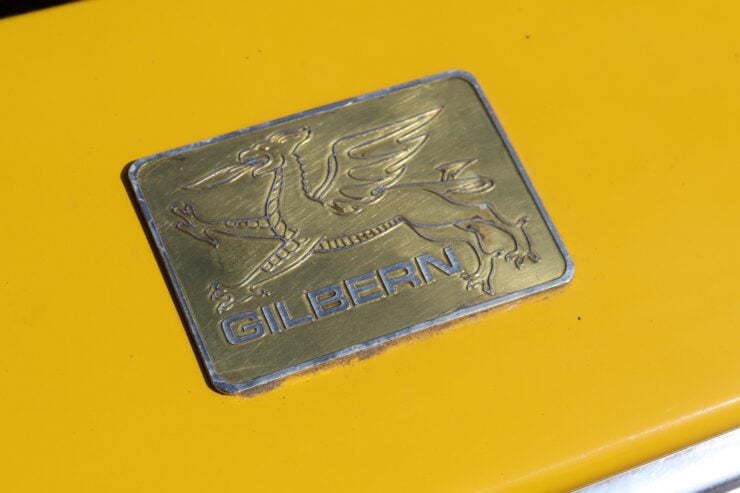
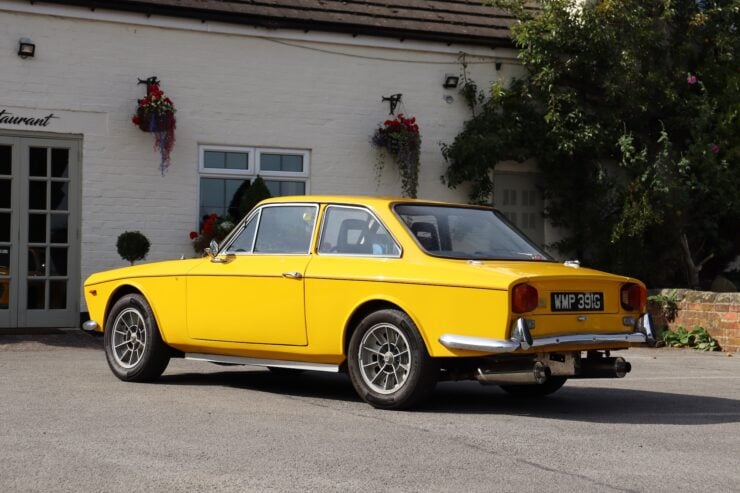
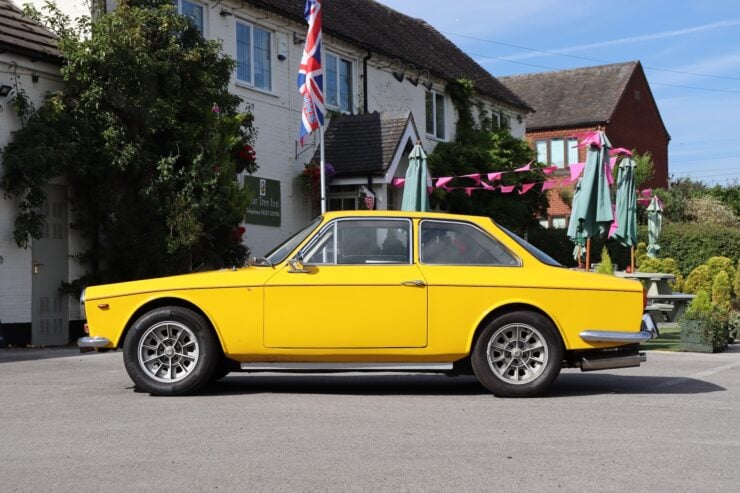
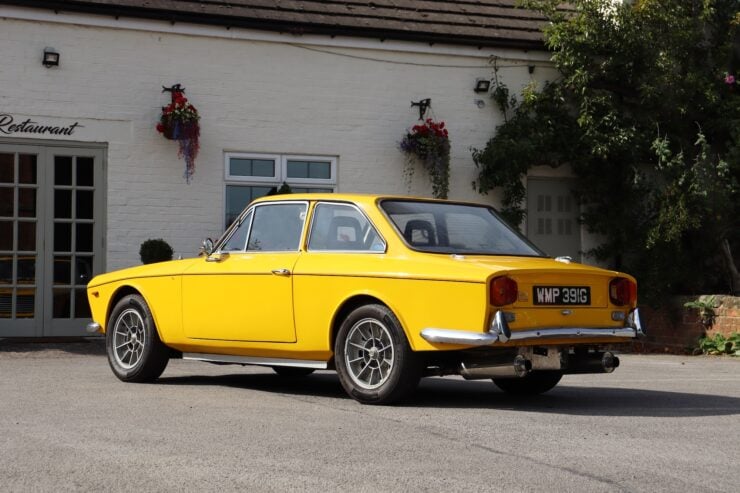
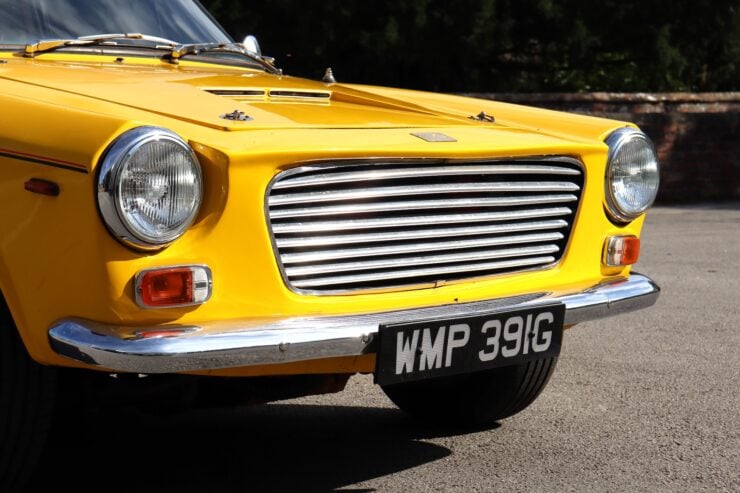
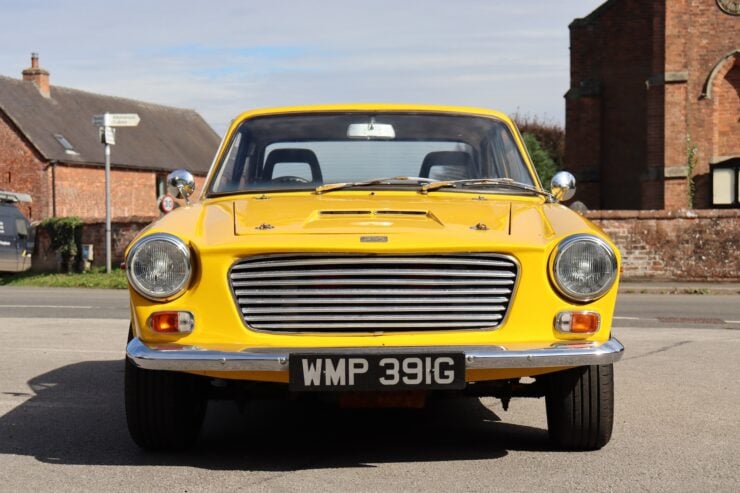
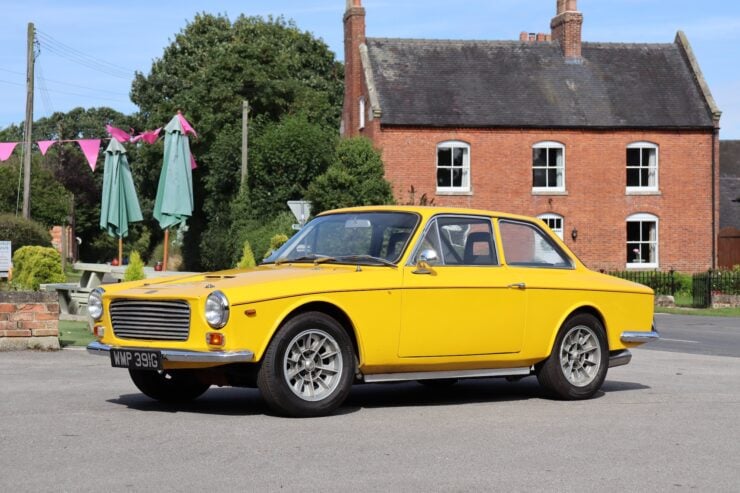
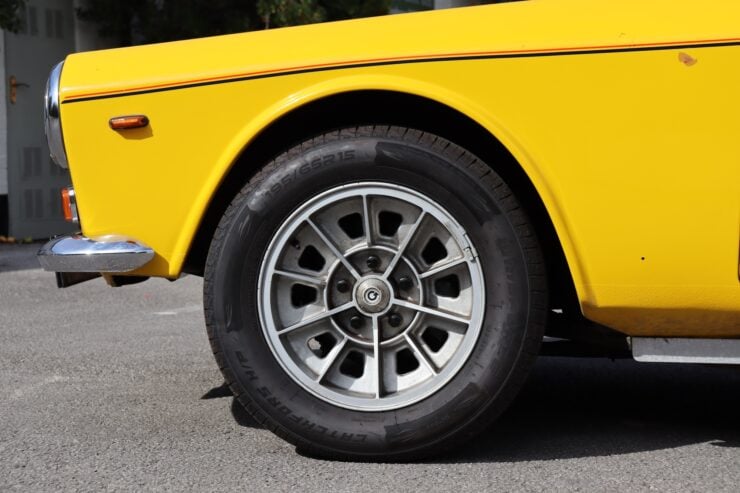
Images courtesy of H&H Classics

